Backward Pawn: 5 Things to Remember
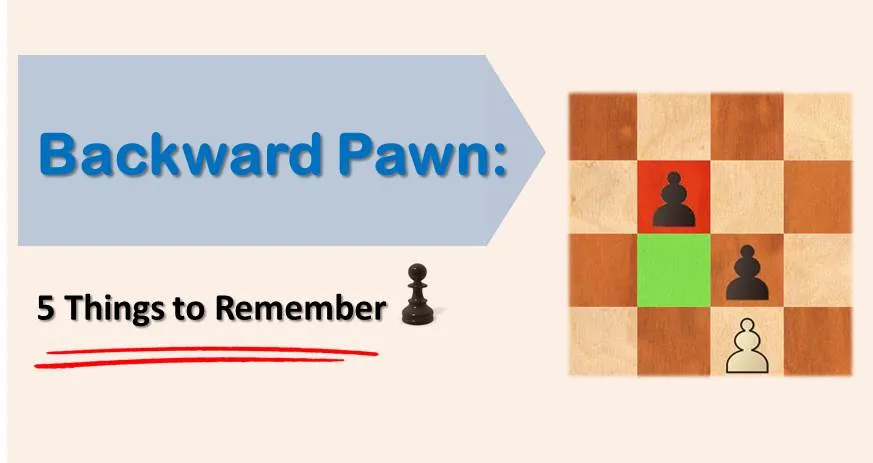
One of the very important elements of the strategic play is understanding the basic pawn structures and the plans that can be used in each type of position.
Having previously discussed most of the pawn formations that can appear during a game, we are now moving on to another concept – the backward pawn.
First of all, what is a backward pawn? The chess literature will show us that it is a pawn placed behind its neighbor pawn that cannot be defended by another pawn, nor safely advanced.
In the diagram below we can see an example of this structure:
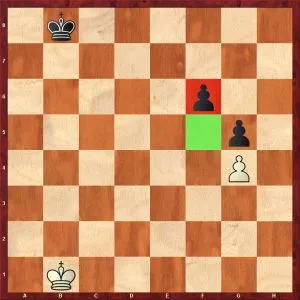
Sometimes, this pawn formation can show up right after the opening. One of the most common examples is the Sicilian Defense where, after the strategic e7-e5 push, black gets a backward pawn on d6.
Let’s have a look:
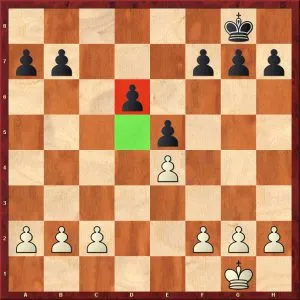
Black willingly creates a weakness in his camp in order to get hold of the central squares. He will try to minimize the presence of the weak pawn by placing his pieces on central squares and restraining white’s activity. Of course, white’s plan is to try to prevent this and attack the d6 pawn.
Note: In order to develop a positional understanding it is necessary to go over the annotated GM chess games, and to think why certain moves were made. Only when you put yourself in the the stronger player’s shoes you will be able to fully understand the problems he was facing in the game and your will be able to improve your own chess. That’s exactly what you can do by studying our training course.
Here are a few things to remember when such positions arise:
1. A backward pawn is normally a weak pawn. The side playing against it will have a clear plan of attacking and capturing it, while the defending side can end up fighting to hold the position together in passivity;
2. It is very important to keep in mind that you should first fix the weakness, and only then attack it;
3. The pawn can often be defended, so a typical method used by grandmasters in order to win the game is to create a second weakness in the opponent’s camp;
4. Try to exploit not only the weakness of the pawn, but also of the square in front of it. A powerful piece on this square will make your opponent’s position very uncomfortable to play ;
5. If you end up playing with a backward pawn, always seek the initiative and try to compensate with a powerful piece play.
Knowing the main ideas in this structure, let’s now take a look at a few grandmasters games. The first one is an example of how to create weaknesses in your opponent’s camp. By sacrificing a pawn, white obtained a few advantages that proved to be decisive: a weak black backward pawn (d6), a strong central square for his knight (d5) and control over the dark squares.
The second game shows how, after obtaining a strategic advantage and forcing your opponent into passivity, you should always look for the right moment to create new weaknesses. In our case, instead of focusing on capturing the backward pawn, white decides to launch a powerful attack on the kingside.
The last game of our presentation was played in 2008, between grandmasters Vishwanathan Anand and Peter Leko. It is an example of how to play when you have a backward pawn. The structure appeared in the Sicilian Defense, namely the Sveshnikov Variation, where black pushes e5 early, leaving the d6 pawn behind.
Considering the basic strategy ideas, one could think that black is already worse, due to the weakness created. However, in this case, he has a dynamic play on both wings that makes up for the inferior structure.
We can conclude that the backward pawn is generally a weakness, but, in the end, it all depends on the characteristics of the position. It’s not only the pawn structure that we have to keep in mind when analyzing a position, but also the activity of the pieces, which has a decisive role.
Note: The endgame is no doubt a very important part of chess. If you want to improve your chess level, you need to have a clear study plan. If you aim for a dramatic improvement at chess you need to work on all of the elements of the game in a systematic way:
- tactics
- positional play
- attacking skills
- endgame technique
- classical games analysis
- psychological preparation
- and much more
That seems to be like a lot of things, and that is. But no worries, we have made it easy for you. Our comprehensive training course covers it all and much more. Sign up for 21 Day Training right now!
Ready to start winning games with backward pawns? Check out our store and articles:


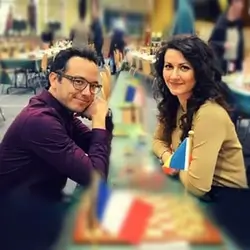
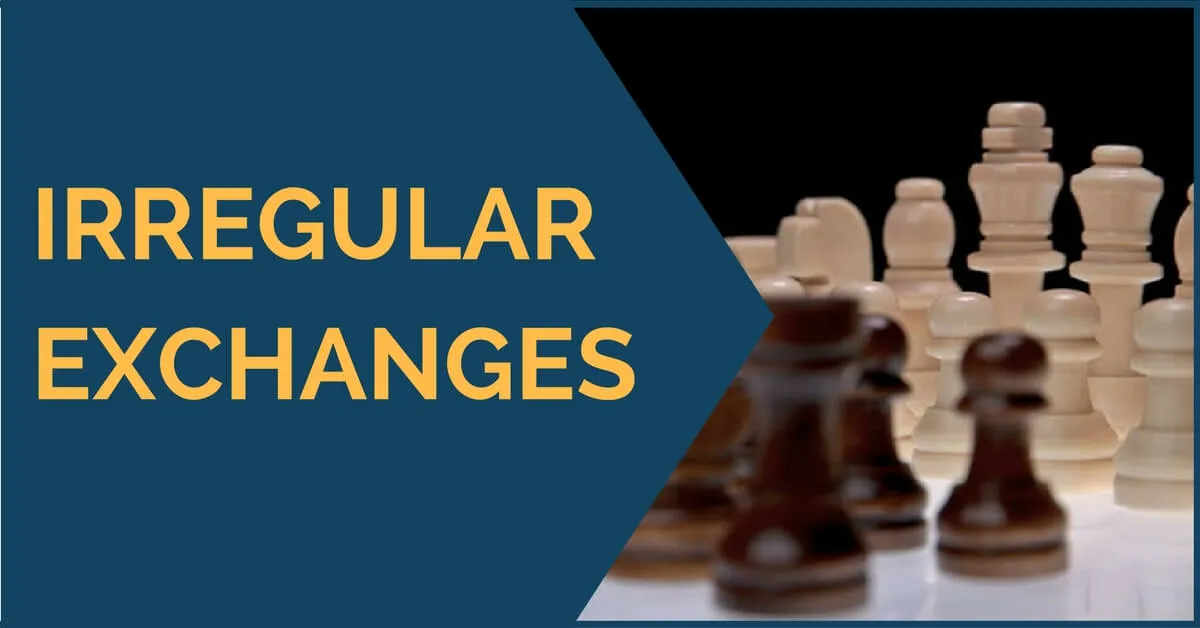
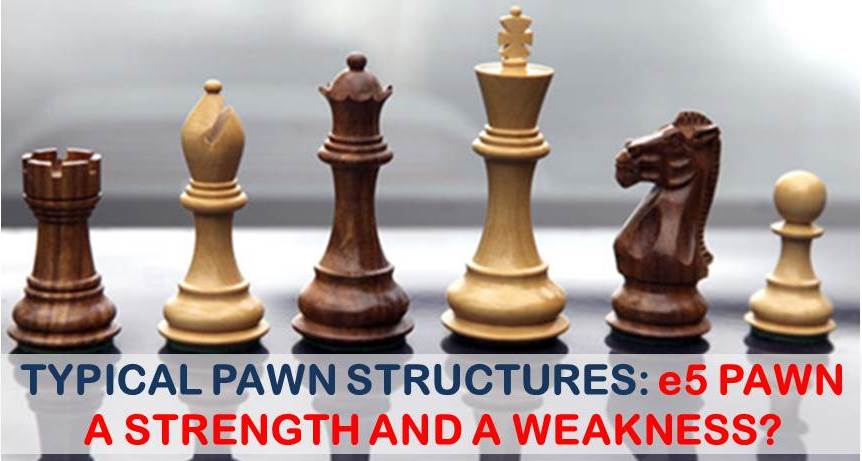
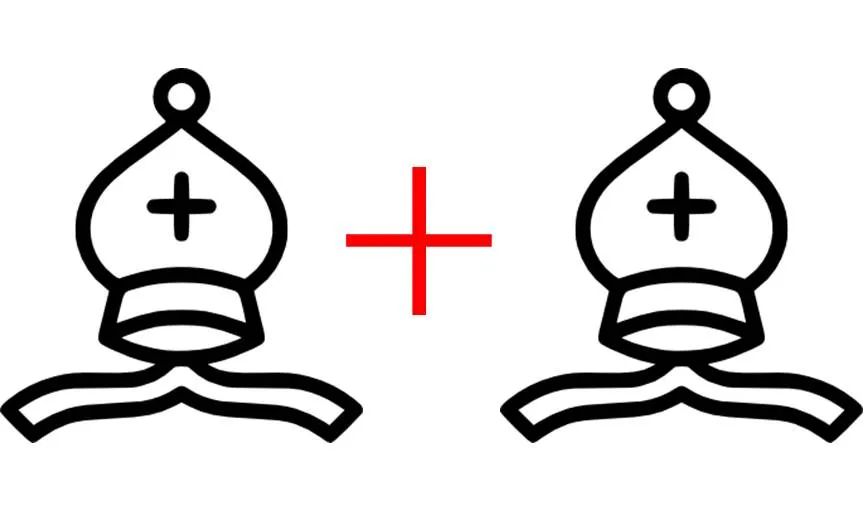




Comments: